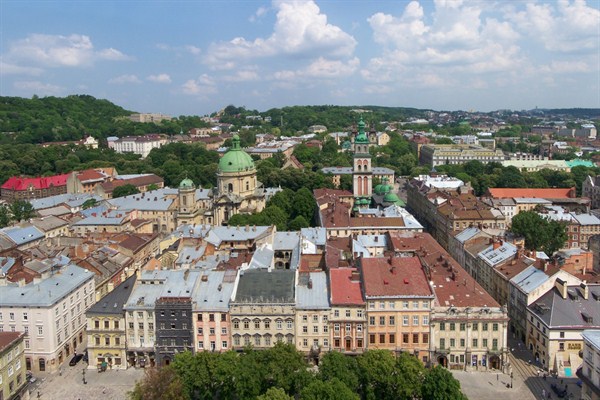Last month, in Brussels, Ukraine’s newly elected President Petro Poroshenko signed an association agreement with the European Union. This was the same agreement his predecessor, Viktor Yanukovych, declined last November, triggering mass demonstrations in Kiev, Yanukovych’s flight from the country and the ongoing conflict with Russia over Ukraine’s southern and eastern regions. Poroshenko pointedly signed the agreement using Yanukovych’s pen.
While integration with the EU has long been unpopular in Ukraine’s contested east and in the Russian-annexed Crimea, the mood in the country’s west is far more enthusiastic. Western Ukraine, a loosely defined area centered on the major city of Lviv, is the main base of support for joining the EU. On top of existing cultural connections, the region has much to gain economically from the association agreement’s promised reduction of tariffs.
“Europe is already a reality for western Ukraine,” says Frank Sysyn, director of the University of Alberta’s Peter Jacyk Center for Ukrainian Historical Research, given the extensive cross-border ties between western provinces and the EU member-states they border. Galicia, for example, has links with neighboring Poland, while Hungary and Romania pay close attention to the interests of Hungarian and Romanian minorities in Transcarpathia and Bukovina. Before those countries joined the Schengen customs area, all of them had simpler visa agreements with Ukraine, owing to historical ties that date to the Habsburg Empire.

